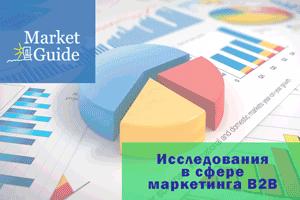Scientific & Practical Journal


Editorial News
Dear readers! We are pleased to present to you the eleventh issue of the journal in 2025. There are a lot of relevant and useful materials in the issue, which, hopefully, will not be ignored.
Dear readers! In September the CeMAT RUSSIA exhibition was held, which showed everyone that innovations and robotics are increasingly penetrating the logistics industry. We can safely say that many technologies are tested here, and only then they go out into the world. However, it is not only CeMAT RUSSIA that demonstrates the prevalence of the digital agenda.
Dear readers! This is the ninth issue of the journal, which turned out to be very rich and diverse. Traditionally, the issue is opened by an analyst. The material by Alina Nasyrova from the Market Guide Agency, dedicated to investments in warehouse complexes in Russia, recalls the importance of developing logistics infrastructure for the integrated development of regions.
PHOTO OF THE WEEK
CITATIONS
Heading:MARKET ANALYSIS
In 2019 the average size of the warehouse transaction has increased by 30%
8 / 2019 | MARKET ANALYSIS Analysis and state of the Russian market of transport and logistics services of “Fresh” category products
Julia Kislova6 / 2019 | MARKET ANALYSIS
The state and prospects of the transport and logistics services development in the countries of the Eurasian Economic Union
Suren Chibukhchyan, Grigor Chibukhchyan5 / 2019 | MARKET ANALYSIS
Annotation. It has been considered the development of transport and logistics services in the countries of the Eurasian Union. It has been presented the level of development of the transport and the market of logistics services and the Logistics Performance Index. It has been studied the problems and ways of development of transport and logistics services.
Key words. Eurasian economic union, transport and logistics services, Logistics Performance Index, market, economic cooperation.
How will the tariffs for cargo transportation change in 2019?
4 / 2019 | MARKET ANALYSIS On the trends in the markets of foreign trade transportation of goods between Russia and the European Union in 2018
Konstantin Kholopov, Alexander Zaboev3 / 2019 | MARKET ANALYSIS
Annotation. Despite the sanctions, the European Union remains the largest trading partner of the Russian Federation. The European Union accounts for over 37% of the total international transport of goods carried by all modes of transport. Road transport plays a key role in ensuring foreign trade between Russia and the EU. In 2018 the share of the European Union in the total volume of the international road transport of Russia was estimated at 57%.
Record demand for warehouses in the Moscow region for 13 years
2 / 2019 | MARKET ANALYSIS In 2018, almost 70% of warehouses in the Moscow region were built “for themselves”
1 / 2019 | MARKET ANALYSIS 2018 saw a demand for ready-made warehouse facilities
1 / 2019 | MARKET ANALYSIS How to measure in warehouses?
Oksana Kopylova12 / 2018 | MARKET ANALYSIS
Why do you need a business plan? The main stages and experience to prepare a feasibility study, the project of construction of a logistics complex of A class in Yuzhno-Sakhalinsk being the case
Yulia Kislova, Maria Smolyakova9 / 2018 | MARKET ANALYSIS












